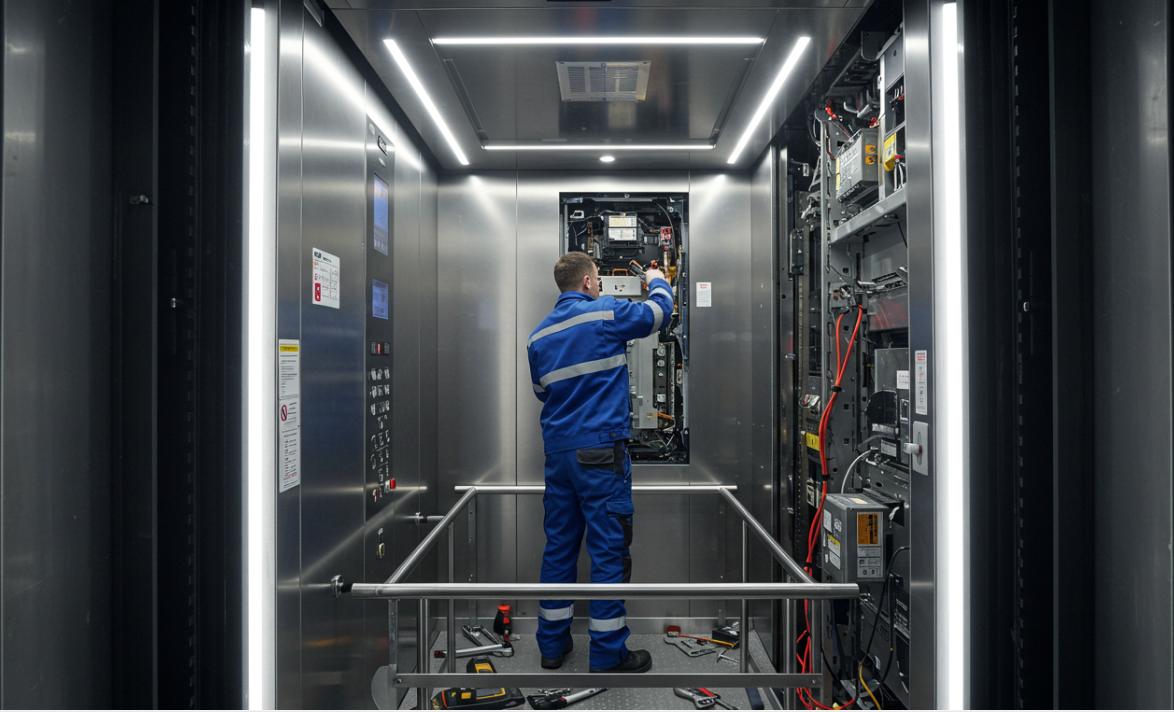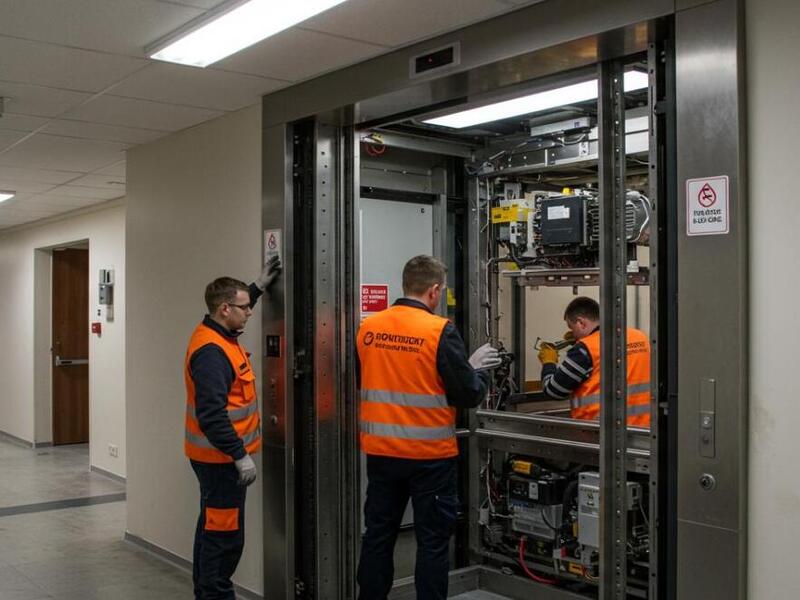
Elevators are indispensable for smooth transit within tall buildings, especially in dynamic cities. When these systems fail, they can significantly impact daily routines and business activities. Considering the millions of elevator journeys taken daily in urban centers, prompt identification and effective remedies for elevator malfunctions are vital. This article explores typical problems encountered by elevators and provides clear solutions to maintain their seamless and efficient operation.
Understanding elevator issues
Elevators are intricate systems demanding consistent upkeep and timely repairs for optimal performance. They improve accessibility for workers and optimize the daily functioning of buildings.
Common elevator problems
Elevators are susceptible to a wide range of operational problems, some of which can lead to significant inconveniences or even safety hazards. Here are some prevalent problems:
-
Door malfunctions: Misalignment, sensor failures, or wear and tear can prevent doors from operating correctly.
-
Stuck elevators: Mechanical issues or power failures can cause elevators to halt unexpectedly.
-
Uneven leveling: This can create tripping hazards due to hydraulic failures or faulty sensors.
- Unusual noises: Sounds such as grinding or squeaking often indicate underlying mechanical issues.
Diagnostic steps for quick fixes
Identifying the exact cause of elevator malfunctions is essential. Here are some effective diagnostic steps to consider:
-
Visual inspection: Examine the elevator for any obvious signs of wear or damage, especially around doors and controls.
-
Run tests: Test the elevator multiple times to replicate the issue, noting any irregular sounds or movements.
-
Check control panels: Assess the control systems for any visible faults in wiring or connections.
- Examine safety features: Regularly check safety mechanisms to ensure they function correctly.
Solutions to common elevator repairs
Once the diagnosis is complete, addressing the problems efficiently is the next step. Below are effective solutions for each common elevator issue.

Addressing door malfunctions
If you encounter issues with elevator doors, it is essential to ensure that they are properly aligned and the sensors are clean. Here’s how to tackle door problems:
-
Realignment: Use professional services to realign doors if they misfit.
-
Sensor cleaning: Regular cleaning of sensor mechanisms can prevent failures due to dirt or obstruction.
- Component replacement: If rollers or tracks are worn out, replacing them promptly can restore smooth operation.
Fixing stuck elevators
Getting trapped in an elevator can be concerning. Here’s what to do if this happens:
-
Stay calm: Maintain composure while waiting for assistance.
-
Notify management: Inform building management of the malfunction as soon as possible.
- Professional aid: Wait for technicians to arrive rather than attempting to free the elevator yourself.
Effectively managing maintenance
Preventative maintenance is the key to reducing the occurrence of elevator issues. Regular inspections not only save costs but also ensure safety for passengers.
Establishing a comprehensive maintenance schedule helps keep lifts operational. Below is a simple table to help manage elevator maintenance effectively:
|
Maintenance task |
Frequency |
Notes |
|---|---|---|
|
Visual inspections |
Monthly |
Look for visible damage. |
|
Sensor cleaning |
Quarterly |
Ensures correct door operation. |
|
Lubrication of moving parts |
Bi-annually |
Prevents wear and tear. |
|
Safety feature testing |
Annually |
Verifies emergency systems. |
When facing persistent elevator problems, opting for professional maintenance services can be a wise decision. Choose a provider with extensive experience in elevator repairs. Ensure that the service is compliant with local regulations. Finally, opt for companies that prioritize customer satisfaction and quick response times.
In short, elevator repairing necessitates prompt diagnosis and effective solutions to ensure the safety and reliability of vertical transportation systems. Identifying common issues such as door malfunctions, slow operation, and unusual noises can greatly minimize downtime and expenses related to repairs. Regular maintenance plays a crucial role in prolonging the lifespan of elevators while enhancing passenger safety. By addressing wear and tear issues early, building owners can avoid costly complications and meet safety regulations.
If your elevator isn’t working properly, contact a specialist for quick diagnosis and long-term solutions. This professional has the specific expertise and appropriate equipment to carry out the necessary repairs.









